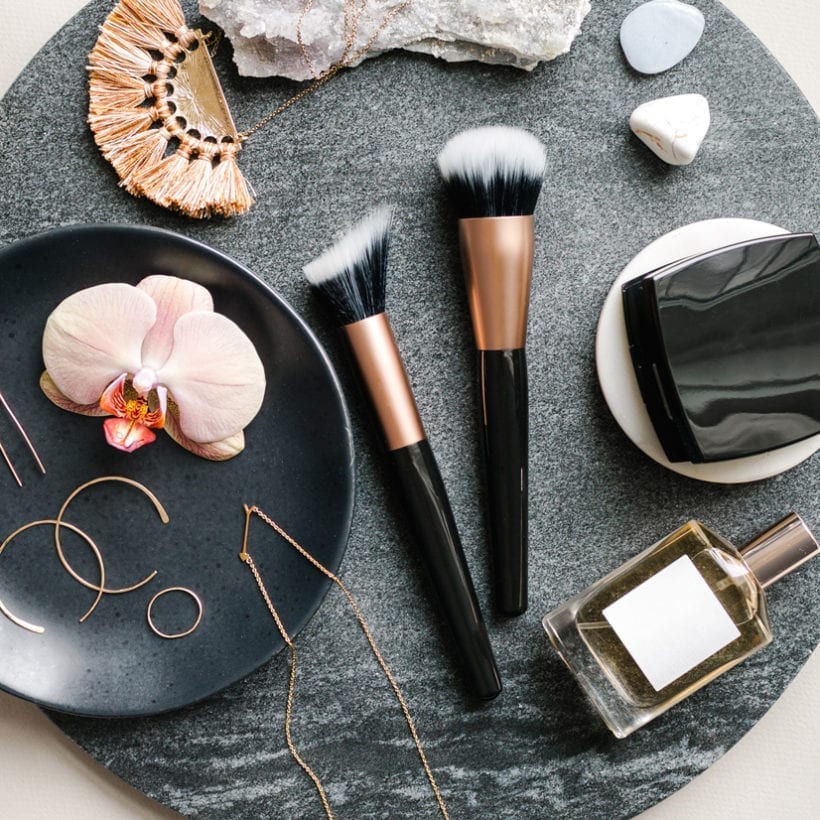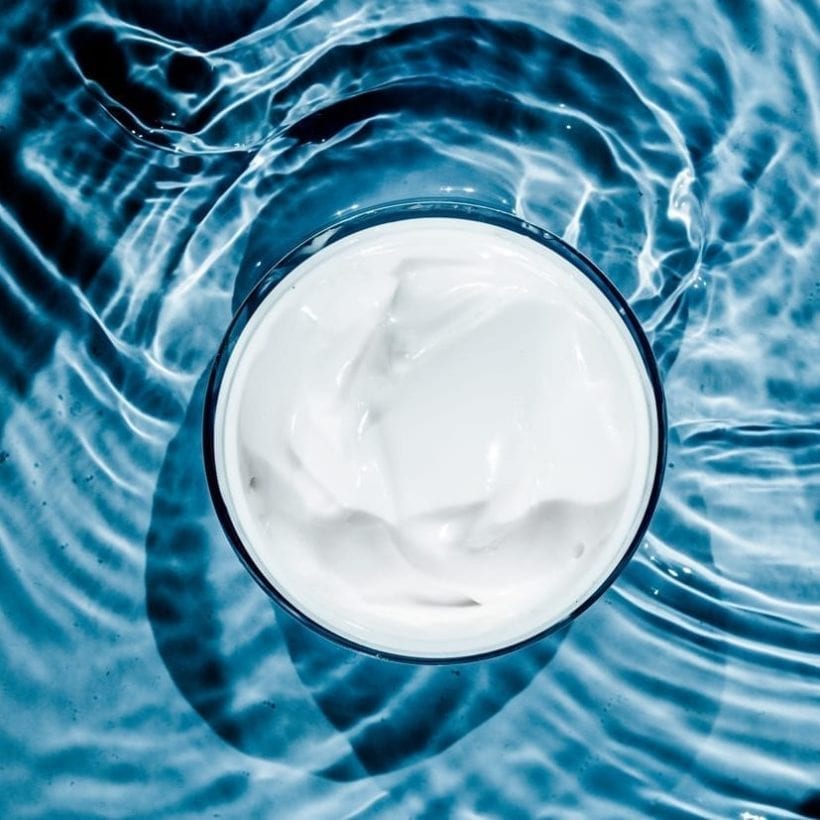Last week I was holding my phone in my hand for 16 hours. I picked it up over 100 times a day.
From checking work emails on-the-go to scrolling through social media to calling loved ones, our phones are always in close proximity — sometimes too close in proximity, which could lead to breakouts.
“As we hold our phone up to our faces, put it down on countertops, drop it on the floor, and let it touch countless other objects, dirt, oil and microorganisms start to contaminate the surface of the phone,” says Joshua Zeichner, M.D., a board-certified dermatologist and director of cosmetic and clinical research in dermatology at Mount Sinai Hospital in New York City. Just how dirty are cell phones? According to research, cell phones are a whopping 10 times dirtier than a toilet seat. And, “everything from bacteria to fungi may live on the phone,” says Zeichner.
What does this mean for the skin? “All breakouts start with clogged pores,” says Kenneth Mark, M.D., a board-certified dermatologist and Mohs skin cancer surgeon. The dirt, oil and microorganisms found on your phone could transfer to the skin each time you hold it up to your face or so much as touch your phone and then your complexion, causing the debris and bacteria to wreak havoc on the skin by way of congested pores. On top of that, “holding a dirty phone up to your face can cause friction, inflammation and promote acne breakouts,” adds Zeichner, noting that the friction combined with rubbing of makeup, oil and dirt that accumulate on the phone “can block pores” and cause irritation.
Breakouts caused by our phones “typically occur on the cheek, in the area where the phone is held up to the skin,” says Zeichner. “It may be caused by the occlusion of the oil glands from dirt and oil on the surface of the phone itself. It also may be caused by low-grade inflammation in the skin that blocks the pores,” he adds.
How to prevent phone-caused breakouts
“Make sure to disinfect your cell phone regularly [at least once a week] by using rubbing alcohol. If there is any visible soiling, then disinfect the phone right away,” explains Zeichner. To disinfect your phone, Zeichner says wiping it down with rubbing alcohol on a cloth (or even a reusable cotton round) will get the job done. That said, there are disinfecting tools that could also improve the cleanliness of your device. Case in point: The PhoneSoap 3 UV Cell Phone Sanitizer utilizes the power of UV-C bulbs to kill 99.9 percent of bacteria for a squeaky clean phone.
In addition to giving your device a deep clean, making sure to wash your hands before touching your face can also help prevent breakouts and blemishes. And, if you suspect your breakouts are caused by your smartphone, Zeichner recommends catering your skincare regimen to your woes. “Make sure to use a salicylic acid-based cleanser on the face,” he notes. “Salicylic acid is a beta hydroxy acid that removes excess oil from the skin and keeps the pores clear,” he adds.
Giving your complexion a weekly deep cleanse with a charcoal mask to detox pores can also ensure a grime-free complexion and help prevent the repercussions of using a phone. That said, if you really want to solve the problem of phone-related breakouts, Zeichner says that Bluetooth earbuds are the way to go as they make your device completely hands-free and do not have a cord dangling in front of your face and coming in contact with the skin.
We only recommend products we have independently researched, tested, and loved. If you purchase a product found through our links, Sunday Edit may earn an affiliate commission.








